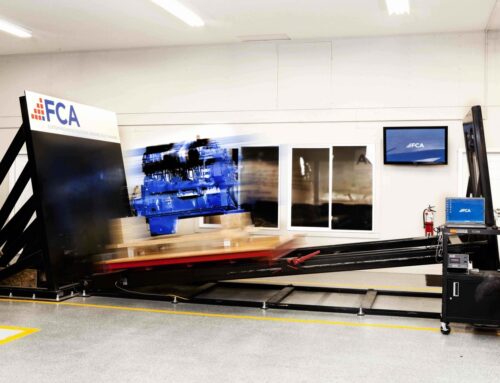A skid is one of the most useful industrial tools on the market today. Skids aid in the transportation and packaging of goods, making them invaluable for any business where product will be moved. But how much do we know about skids? Are we using them to their full potential and are we using them at all? Understanding the packaging tools you’re working with is imperative to using them at maximum efficiency.
Are skids and pallets the same?
The short answer is yes. Though many definitions of skids and pallets cite slight differences, they largely have the same function (to transport goods). They aren’t quite the same, but essentially a skid was the first type of pallet and it was formed from a single deck. Using the two interchangeably is largely correct.
Why use a skid?
Without a skid, the next cheapest option in moving items is manual labor. To spend the time and resources to move items manually rather than using a simple machine will cost you more money in the long run. Investing in easy solutions early on in the course of your business will save you time and money overall.
Are there different types of skids? Are some better than others?
Yes! You can purchase skids in a variety of materials, the most common of which being wood or plastic. Wood is a generally cheap option, but may not have the durability that you would find in a plastic skid. Plastic is a more expensive option initially, but its sustainability and fortitude may pay off over time. If durability is what you’re looking for, then a steel/wood hybrid skid would be a great option for your business. A steel/wood hybrid skid is difficult to find, in fact FCA has a patent pending for it! Hybrids are a great innovation by FCA as they lower total packaging costs.
Skids can greatly increase the efficiency of any business that needs to transport goods. Good skids will be durable and protect the goods that they contain as well as have a certain level of cube efficiency. This means that your skids should be nestable so that when they aren’t in use you can save space by stacking them. Empty skids taking up less storage space means more resources that can be better used in other facets of your business.




